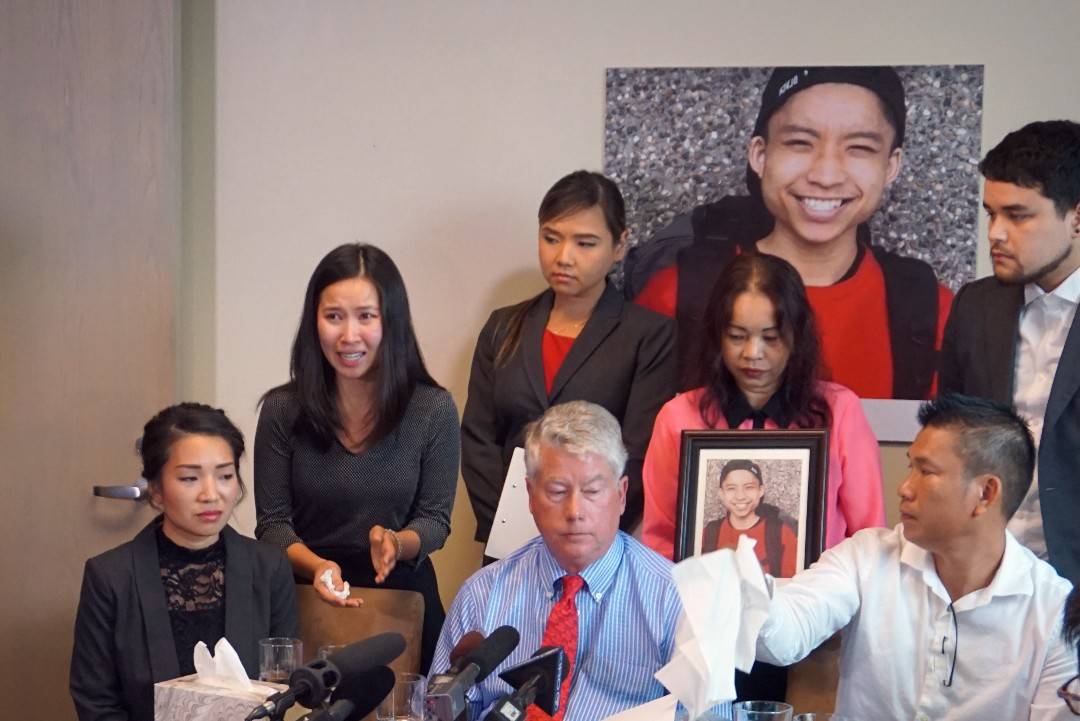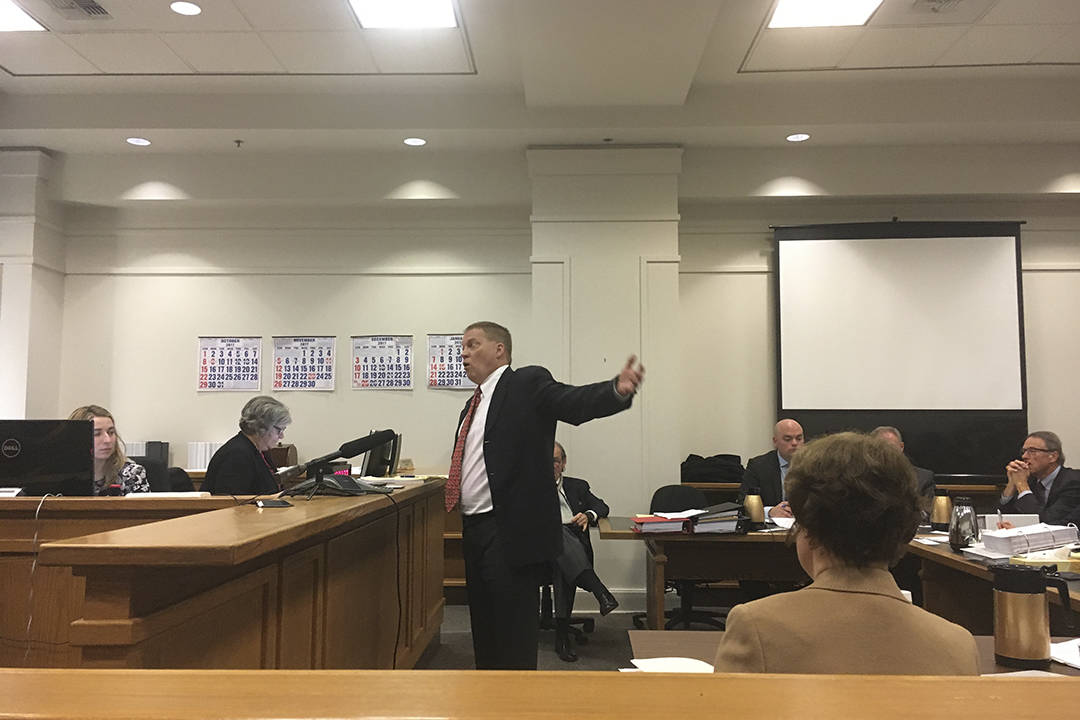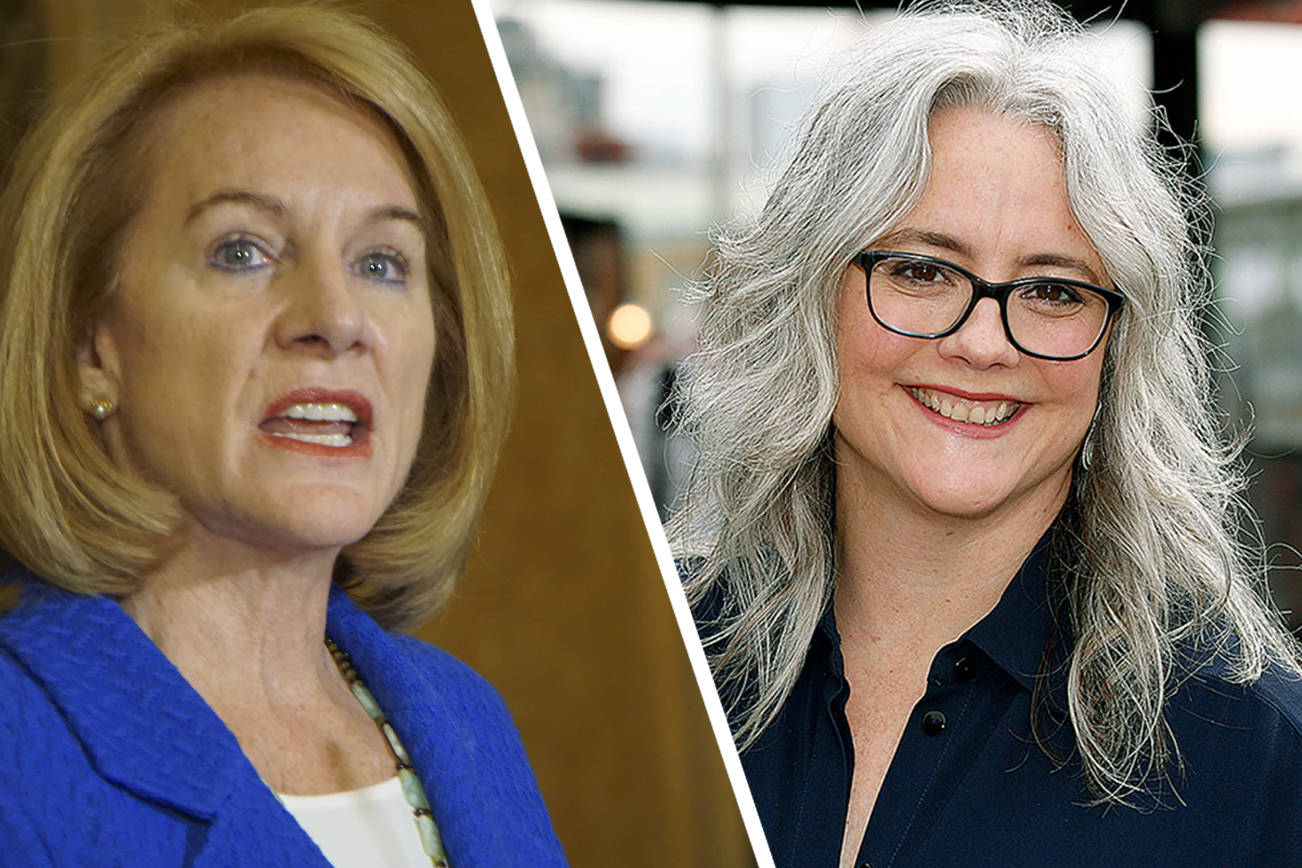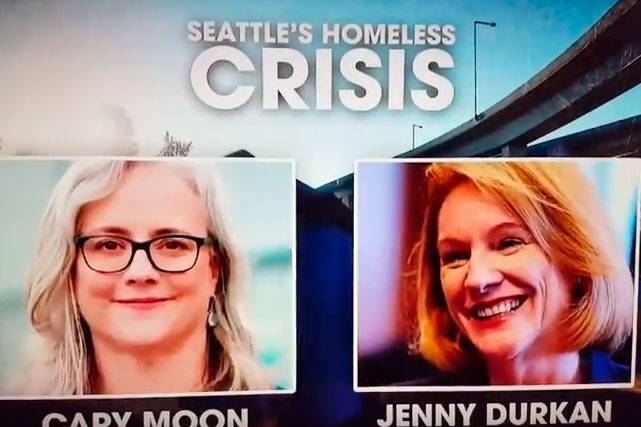When discussing the American phenomenon that is civilian-on-civilian gun violence, grim context is necessary. Seattle’s 15 gun homicides this year pale in comparison to the 300-plus suffered in Baltimore, though the cities are of similar population. In a country that suffers, on average, one mass shooting every day, Seattle saw no deaths this year in that bleak category.
But in another context, 2015 was a year of gunfire in the Emerald City. Through Nov. 23, the most recent statistics available, police had confirmed 348 shots-fired reports across the city. That amounted to 65 more shots-fired reports this year than last; precisely how many more bullets that amounts to is unknown, since a single shots-fired report could include a large volley of gunfire from a legal semi-automatic weapon. However many bullets there were, they found 15 more human targets this year (though by the strange logic of the barrel, gun-homicide rates remained steady.)
The gunshots were not distributed equally. In late July and early August, when gun violence spiked in the city, there were 33 confirmed shots-fired reports. Twenty of those were reported in South Seattle and the Central District and on Capitol Hill. Even more specifically, many of the shootings occurred in places like Brighton and Dunlap, South Seattle neighborhoods that are too rarely mentioned anywhere else but the police blotter.
The graphic above tells the story of the numbers. We hope it conveys the sheer daunting volume of 348 terrifying eruptions of gunfire—averaging more than one every day. However, marks to indicate deaths and injuries from the gunfire notwithstanding, a graphic like this cannot fully convey the human toll of all the violence.
One of those black marks stands for Robert Robinson Jr., a 17-year-old Cleveland High School student who was killed in a drive-by shooting on Beacon Hill in March. Robinson had a “heart for social justice,” one of his teachers told The Seattle Times. Another one stands for Donnie Chin, the International District activist whose murder left the community stunned and angry.
The graphic also doesn’t include bullets fired by police officers.
If there’s anything positive to be said about Seattle’s violent year, it is that it was not met with complacency.
Mid-summer, Seattle Police began to devote extra resources to combat gun violence. As of Nov. 23, the department had seized 830 guns, nearly 200 more than it had the year before. Meanwhile, the Seattle City Council passed a new tax on guns and ammunition that is intended to help cover the millions of dollars spent at Harborview treating gunshot wounds. Even people affiliated with gangs—thought to be the source of most of the violence—have had enough. As we reported earlier this year (“Come Together,” July 30), a group called the United Hoods Movement is seeking to bring gang members from the Central District and South Seattle together to stem the violence.
“We have to get past the point that if someone spits on your street sign or says something denigrating the South End, that you’re down to kill them for it,” United Hoods Movement co-founded Dwayne Maxted told us. “It’s been long overdue for us to come together as all of Seattle.”
Sources: Shots-fired, victims- injured, and victims-killed data through Nov. 23 from SeaStat and Seattle Police Department Crime Dashboard. November shots-fired data does not show shots fired after Nov. 23. Shots-fired markers for late November and December are for illustration purposes only and do not reflect SPD data. December victims-killed data from Seattle Police Blotter archives.








